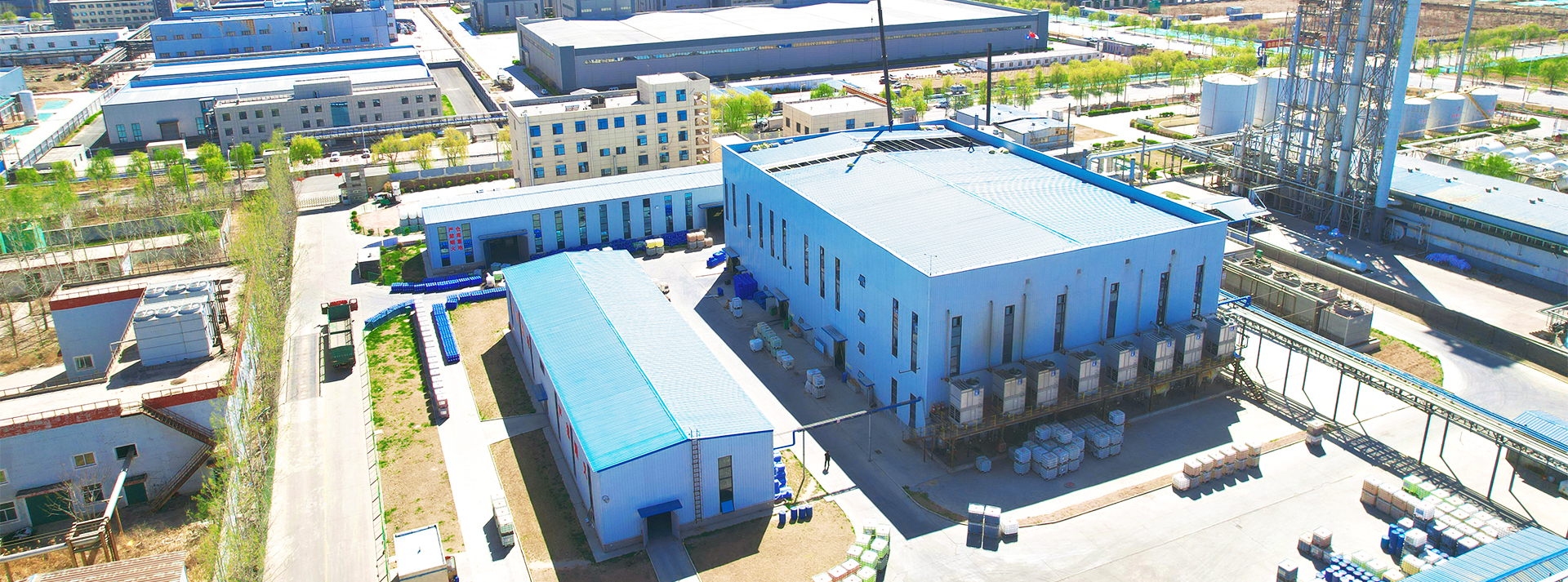poly aluminium chloride in wastewater treatment
The Role of Poly Aluminium Chloride in Wastewater Treatment
Wastewater treatment is an essential process for maintaining environmental integrity and protecting public health. It involves the removal of contaminants from wastewater, making it safe for discharge into water bodies or for reuse. One of the primary chemicals used in this process is Poly Aluminium Chloride (PAC), an inorganic polymer that has gained popularity due to its effectiveness and versatility.
What is Poly Aluminium Chloride?
Poly Aluminium Chloride is a coagulant, a type of chemical that aids in the aggregation of particles suspended in water. It is a compound made by polymerizing aluminium chloride with additional aluminium hydroxide. This results in a substance that not only effectively removes turbidity but also helps in the precipitation of various colloidal and dissolved solids present in wastewater.
PAC is usually available in both liquid and powdered forms, making it adaptable for various applications in different treatment plants. Its complex structure provides charge neutralization, which leads to the formation of larger flocs, improving the overall clarity of the water.
Mechanism of Action
The application of PAC in wastewater treatment involves several key processes coagulation, flocculation, and sedimentation. Upon introduction to the wastewater, PAC dissociates and releases aluminium ions. These ions neutralize the negative charges of colloidal particles, allowing them to come together and form larger aggregates or flocs.
Once these flocs are formed, they become heavy enough to settle at the bottom of a treatment tank, a process known as sedimentation. The settled sludge can then be removed, significantly reducing the turbidity and removing a significant portion of the contaminants from the water.
Benefits of Using PAC
1. Efficiency PAC is highly effective in removing a wide range of contaminants, including heavy metals, organic matter, and suspended solids. Studies have shown it can be significantly more effective than traditional coagulants, such as alum (aluminium sulfate), especially in low-temperature and low-turbidity waters.
poly aluminium chloride in wastewater treatment

2. Reduced Chemical Dosage PAC typically requires lower dosages compared to other coagulants to achieve the same level of treatment. This not only reduces operational costs but also minimizes the environmental impact associated with chemical usage.
3. Improved Settling Properties The flocs produced by PAC are larger and denser than those produced by other coagulants, which enhances the sedimentation process. This leads to clearer effluent and less residual sludge.
4. Lower pH Impact Unlike traditional coagulants, PAC does not significantly alter the pH of the wastewater, making it a more environmentally friendly option. This quality is particularly important in treating industrial wastewaters that may have specific pH requirements.
5. Versatility PAC can be used in various treatment processes, including drinking water purification, industrial wastewater treatment, and even in some processes for treating sludge.
Challenges and Considerations
While PAC has numerous advantages, it is essential to consider its usage in a balanced manner. The introduction of aluminium into the water system must be closely monitored, as excessive amounts can have adverse effects on both aquatic life and human health. Moreover, proper monitoring of water quality post-treatment is crucial to ensure compliance with environmental standards.
Additionally, the disposal of the sludge generated from PAC treatment needs to be managed effectively. Strategies such as anaerobic digestion or composting can be employed to handle the residual sludge sustainably.
Conclusion
Poly Aluminium Chloride is a vital component of modern wastewater treatment strategies. Its efficiency, cost-effectiveness, and minimal environmental impact make it a preferred choice for many treatment facilities worldwide. As we continue to address the challenges of water pollution and resource management, the role of PAC is likely to expand, paving the way for cleaner and safer water sources. Its application represents a crucial step towards sustainable water management, ultimately leading to better environmental health and public safety. By harnessing the properties of PAC, we can significantly enhance the quality of water resources, supporting both human needs and ecosystem preservation.
-
Water Treatment with Flocculant Water TreatmentNewsJun.12,2025
-
Polymaleic AnhydrideNewsJun.12,2025
-
Polyaspartic AcidNewsJun.12,2025
-
Enhance Industrial Processes with IsothiazolinonesNewsJun.12,2025
-
Enhance Industrial Processes with PBTCA SolutionsNewsJun.12,2025
-
Dodecyldimethylbenzylammonium Chloride SolutionsNewsJun.12,2025





